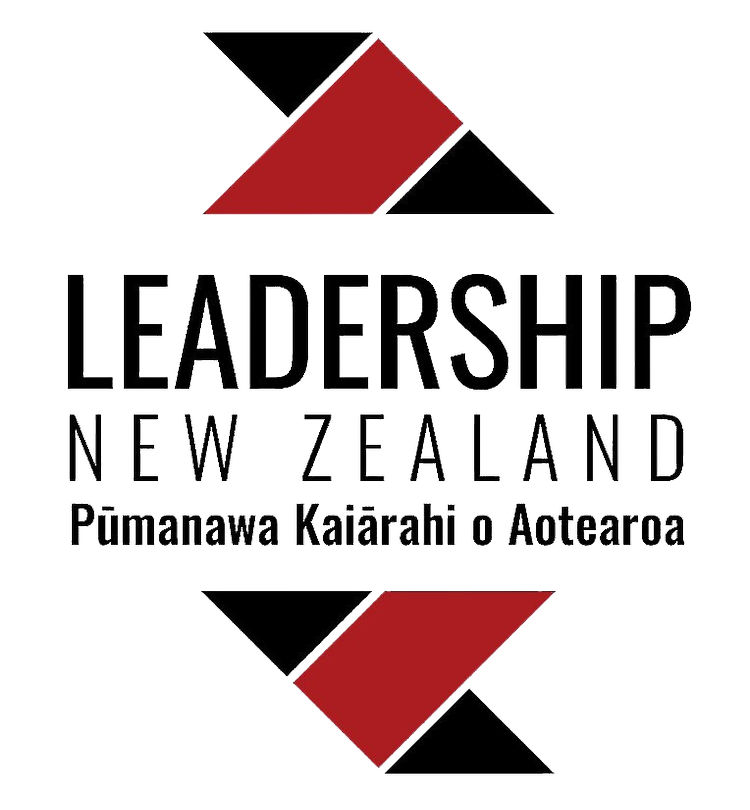Written by Belinda Betham-Rautjoki, Dispute Resolution Manager, Ministry of Business, Innovation and Employment
“Empowered indigenous leadership is being connected to your history and grounded in the Fonua/fenua/fanua (land).”
Te Kōngahu (Museum of Waitangi) is a Ngāpuhi word referring to the unborn child, a metaphor for the potential and promise of a new nation conceived and born at Waitangi. One key learning from Retreat Two (Va Fonua/fenua/fanua) of The Mana Moana Experience was a deeper connection with the people of the land (Mana Whenua) and their desire to uphold the principles of the Treaty of Waitangi. It was likened to the birth of a new baby.
Our Mana Moana group travelled from Auckland to Waitangi and entered the historical grounds where the treaty was first signed. We were treated to a guided tour by a descendant of Ngāpuhi who clearly knew his whakapapa. He was very passionate about the history of Waitangi and very respectful of the decisions made by his ancestors. What spoke volumes to me was the generosity of his heart, to forgive those who had misled and deceived his ancestors.
We stayed at Kohewhata Marae and were hosted by Mana Whenua, Ted Wihongi who very kindly took us to one of their sacred sites, Lake Omapere. This is a precious taonga of the Ngāpuhi people as it is connected to their historical identity and wellbeing. Through colonisation, exploitation the lake has been polluted. Matua Ted took us to the sacred land where they plan to build their new marae, where we bestowed a blessing of songs of the Pacific. It was amazing to feel the mauri of the Ngāpuhi people on this land and the determination they have to restore their taonga.
The last part of our trip we took what could only be described as a spiritual journey to see Tane Mahuta at Waipoua Forest another precious taonga. The forest had been infected by Kauri dieback, due to pollution. Once again, we were graced with another beautiful Ngāpuhi guide who was blessed and emotionally overwhelmed by the respect we bestowed upon Tane Mahuta with our waiata and tatalo.
I learnt that, whilst we may be indigenous to our Pacific islands, we live in Aotearoa and we have a duty to support the position of the indigenous people here as well as the Treaty - which has allowed us to migrate here. We are doing our part to protect precious Taonga, the cultural protocols, the reo and the land.
Another key learning was connecting to our history, our ancestors and migration. This was done by researching our ancestors and planting our feet by picturing the treaty grounds as a world map and walking where your ancestors would have travelled before landing in Aotearoa. I researched my great great Grandmother Anna D’Silva born in 1900’s, her Father was from Portugal and he travelled on the whaling boats to Samoa and met his Samoan wife. In 1918 Anna and her son died in the flu epidemic.
The Faikava ceremony led by Pakilau `o Aotearoa Manase Lua was beautiful and moving, as it was an opportunity for all of us to honour one of our ancestors. I chose Anna as I felt a connection to her story as a half caste in Samoa she would have faced adversity in her time and to lose her life due to the NZ administration allowing the ship Talune into the docks of Apia with a deadly virus aboard. The challenges and the injustice of what my ancestor faced hit me emotionally but at the same time it is bearing fruit. Ia fua le niu – May the coconut tree bear fruit (Tamasese Efi, 2008).
This experience is changing me from the inside out by connecting me to the land and to my history on a deeper scale, I have been inspired to E tu (stand) and hold space by building a framework that provides a service that is culturally responsive to Maori and to Tupu (grow) and be led naturally by taking the lead on Samoan language week to educate, promote and encourage staff nationally to learn about Samoa (even the parts some prefer not to talk about) through a Tapa competition, staff profiling and language guides. I also want to start a support network for Pasifika people as I believe there is not only a need but there is an empowerment that our people receive from each other.
I would like to end with what I started with “empowered indigenous leadership is being connected to your history and grounded in the fanua”.
Did Belinda’s story resonate with you? This is one of many purposeful and profound experiences on The Mana Moana Experience.

